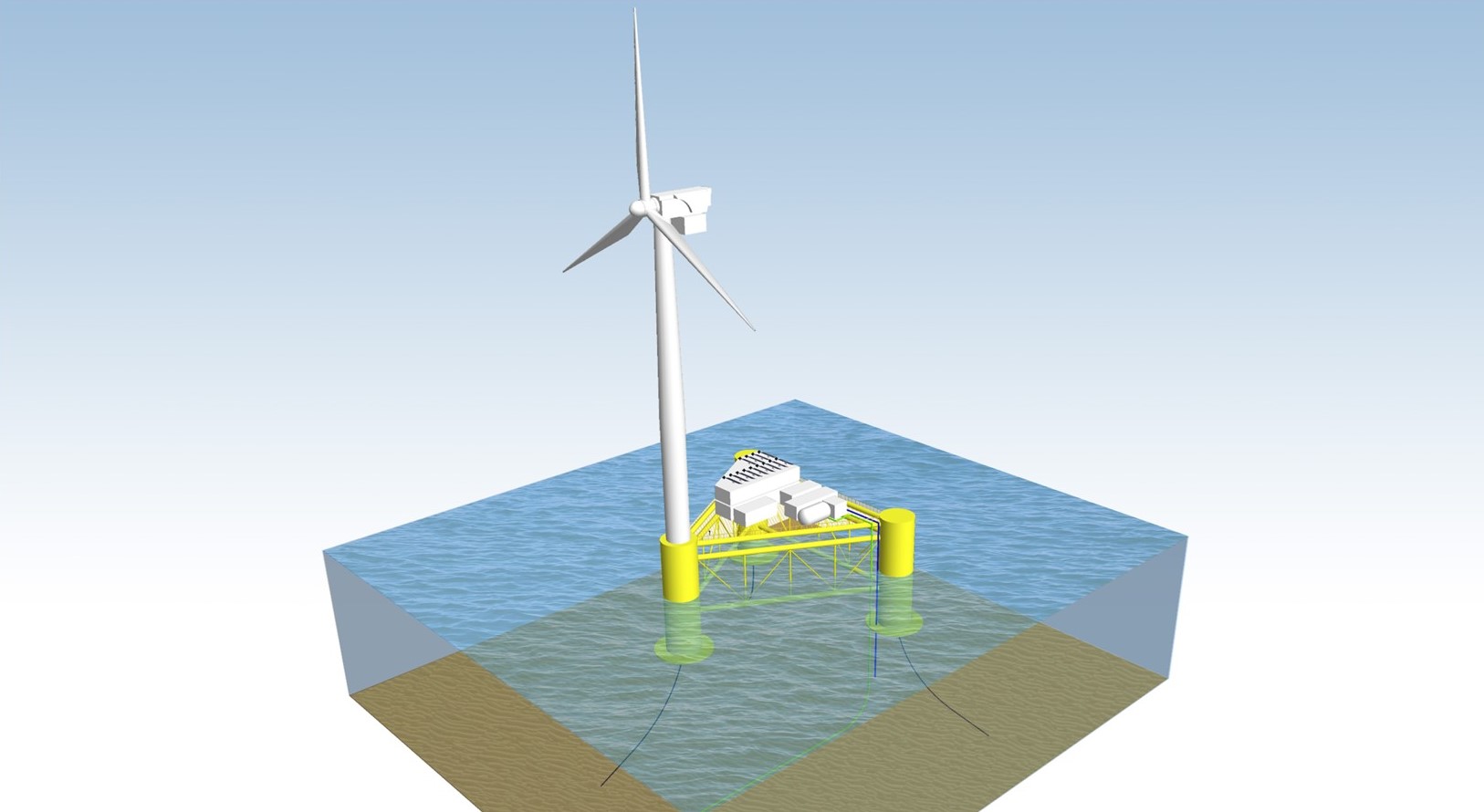
An Ørsted-Phillips 66 partnership and ERM have withdrawn their Gigastack and Dolphyn projects, respectively, from the UK’s first electrolytic allocation round (HAR1). While ERM has made the move as it aims at securing alternative funding for a phased multi-unit larger development, Ørsted and Phillips 66 have now halted their Gigastack project. Both projects involve producing hydrogen by using electricity generated by offshore wind.
On 16 August, the UK’s Department for Energy Security and Net Zero (DESNZ) said that initial due diligence on the shortlisted projects had been completed and that 17 projects, totalling 262 MW were invited to negotiations, alongside continued due diligence.
Through the HAR1 round, which is scheduled to be concluded before the end of this year, the government expects to award contracts to hydrogen production projects totalling up to 250 MW in capacity, with the first projects from this round having an operation date in 2025.
While the government is now moving forward with 17 hydrogen proposals, three developers have decided to withdraw their projects from the competition, including two offshore wind-to-hydrogen projects: Gigastack, led by Phillips 66 and Ørsted, and Dolphyn Commercial Scale Demonstrator, led by ERM Dolphyn.
Phillips 66 and Ørsted, together with their Gigastack partners ITM Power and Element Energy, entered the HAR1 allocation round with the Gigastack Phase 2 project, at the centre of which is a 100 MW electrolyser system using renewable power from the Hornsea Two offshore wind farm to produce green hydrogen. The hydrogen would then be delivered to the Phillips 66 Humber Refinery to replace hydrocarbon-based fuels within industrial-scale fired heaters.
The Gigastack consortium aimed to reach a final investment decision by Q2 2023 and work towards a commercial operating date in 2025.
However, the partners are now pausing the project, saying further project maturation and supply chain development is needed.
“We have made a joint decision to withdraw our bid from the funding process and pause the Gigastack project. We’re proud of the huge amount of work we have done to date to accelerate the deployment of green hydrogen, demonstrating both the potential to integrate with offshore wind energy, and the use of hydrogen to refuel critical national infrastructure”, a spokesperson for Phillips 66 Ltd and Ørsted said.
“Phillips 66 Limited and Ørsted believe that further project maturation together with supply chain development is required to unlock maximum potential of this world-scale electrolytic hydrogen project. We will continue to work with the governments of the UK, industry and stakeholders to help realise the enormous potential of green hydrogen”.
The other offshore wind-to-hydrogen project that was competing in HAR1 was a proposal involving Environmental Resources Management’s (ERM) Dolphyn technology, which combines electrolysis, desalination, and hydrogen production on a floating wind platform.
ERM applied with a single-unit Dolphyn demonstrator and has now withdrawn from the funding allocation round saying it aims to secure alternative funding for a phased, multi-unit development.
“Dolphyn will focus now on an opportunity to advance the Dolphyn demonstrator within a larger commercial scale project, where the demonstrator forms phase 1 of the roll-out. To facilitate this accelerated approach, we will be moving the location of the demonstrator to a site that will allow expansion at a single location”, Dolphyn Hydrogen, a business created by ERM to commercialise the Dolphyn Process Technology, stated in a press release.
“We are excited by the opportunity to progress earlier overall delivery of Dolphyn and to continue working in close collaboration with government, regulators, and wider stakeholders. We share their ambitions that larger scale delivery is required, and this decision allows us to accelerate our growth”.